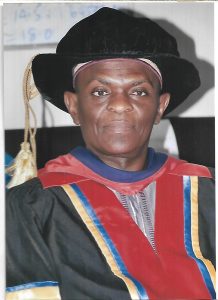 In the name of Allah, the Beneficent, the Merciful.
In the name of Allah, the Beneficent, the Merciful.
The unique Information Technology Institute was established by Jigawa
State in the year 2000 under the license of Informatics Academy, Singapore, with a view to train and produce IT graduates that would reposition the State and Nigeria as a whole in the scheme of affairs. The institute provides every platform for the students to acquire innovative IT skills that give them more cutting edges among peers. Read More>>

Malam Umar Namadi, FCA
The Governing Council is responsible for the general management of the Institute. Membership consists of representatives of the State Government from Ministries of Justice and Education, Establishment Directorate, National Board for Technical Education and State Government nominees from the outsidecommunity.
The committee deals with the issues of policy making at the
management level
The Academic Board is responsible for the general direction and management of academic matters including regulation of admission, examination and any other subject referred to it from time to time by the Council. Membership consists of the Rector, Registrar, Institute Librarian, Director Academic Planning, Heads of Academic Departments, Examination Officer, Dean Students’ affairs, and a
representative of the congregation.
The congregation consists of all members of the academic staff and all members of the administrative, professional and technical staff holding at least first degrees from recognized institutions.
ADMISSION!!!
The Institute wishes to inform the general public that the admission for the new intake into the International programmes of
Chairman House Committee on Tertiary Education Honorable Habu Muazu Maigatari visit JSIIT Kazaure (Informatics).
The leadership of Jigawa State House Committee on Tertiary Education visited Jigawa State Institute of Information Technology, Kazaure (Informatics) 0n
MTN Nigeria visits JSIIT Kazaure
The Institute has received a visitation team from MTN Nigeria on its commitment to provide good Internet Service to both
JSIIT Kazaure (Informatics) Matriculates 400 Hundreds Students at National Diploma Level
The Management of the Institute Matriculates over 400 ND Students on 14th February, 2024. The event took place at the
